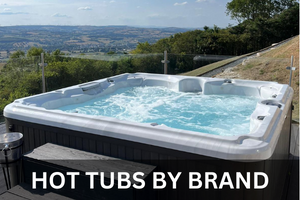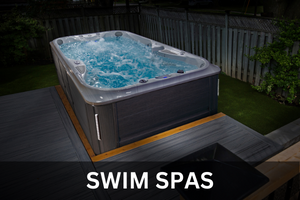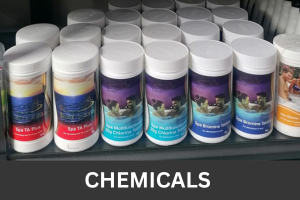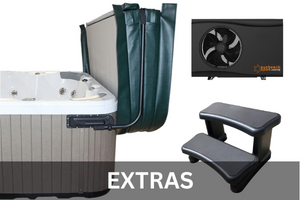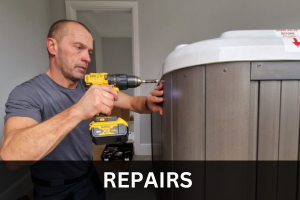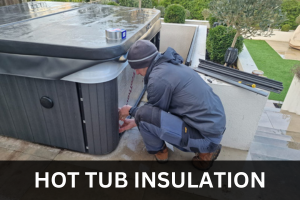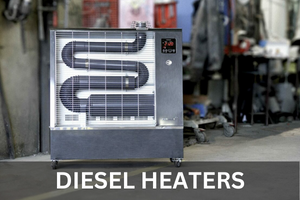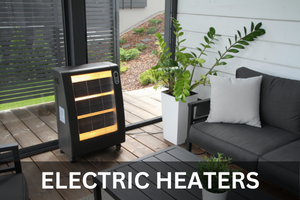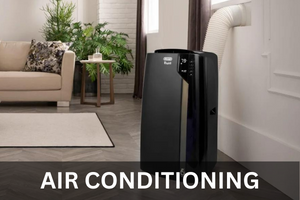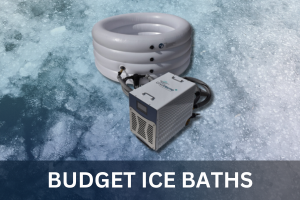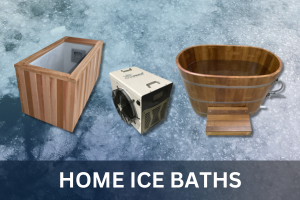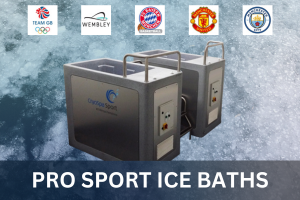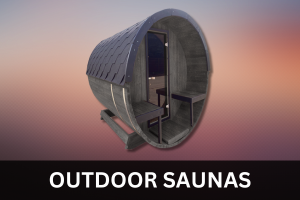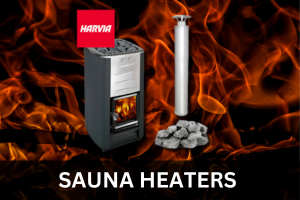Menu
-
- Home
-
Hot Tubs & Swim Spas
-
Chemicals & Filters
-
Services We Offer
- Ice Baths & Saunas
-
Useful Info
-
- 0151 662 0284
- Login

Hot Tubs & Swim Spas
Chemicals & Filters
Services We Offer
Infrared Heaters
Ice Baths & Saunas
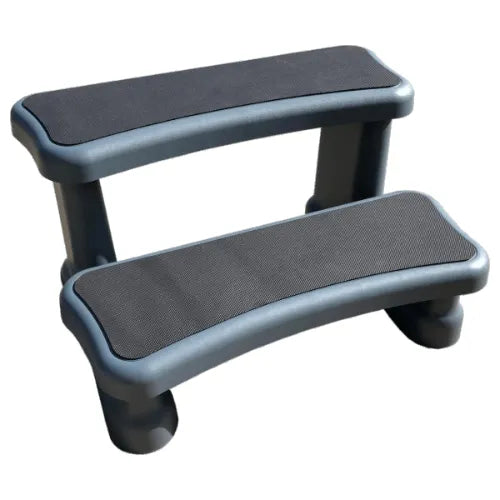
Soft Steps (Grey)
- Description
- Specification
Crafted from high-quality water-resistant materials, the Soft Steps are designed to withstand the test of time. These steps boast a non-slip padding that spans 28 inches in width, ensuring maximum safety as you step in and out of your hot tub. With a focus on ease of use, our team has engineered these steps to require no tools for assembly. The Soft Steps also come in a sleek black color, adding a touch of style to your hot tub experience.
| Colour | Grey |
| Steps Height | 39.5cm |
| First Step Height | 19.5cm |
| Length | 48cm |
| Width | 26cm |
| Step Length | 70cm |
| Step Width | 26cm |
We aim to get your delivery to you as quickly as possible. Delivery times vary so please call 0151 662 0284 for more information on when to expect your delivery.
Frequently Asked Questions
-
The ideal pH level for a hot tub is between 7.2 and 7.8. A pH level that is too low (acidic) can irritate your skin and eyes, while a pH level that is too high (alkaline) can make the water cloudy and uncomfortable to swim in.
-
The ideal total alkalinity level for a hot tub is between 80 and 120 ppm. Total alkalinity helps to buffer the pH level of the water, so it doesn't fluctuate too much.
-
The ideal calcium hardness level for a hot tub depends on the type of finish on your hot tub. For acrylic hot tubs, the ideal calcium hardness level is between 100 and 250 ppm. For plaster hot tubs, the ideal calcium hardness level is between 250 and 450 ppm.
-
The most common chemicals used to maintain hot tub water chemistry are chlorine, bromine, and sanitizers. Chlorine is the most effective sanitizer, but it can be harsh on your skin and eyes. Bromine is a less harsh alternative to chlorine, but it can be more expensive. Sanitizers are a combination of chemicals that work together to keep your hot tub water clean and safe.
-
You should test the water chemistry in your hot tub at least three times a week. If you use your hot tub frequently, you may need to test the water more often.
-
You can adjust the pH level of your hot tub water with pH increaser or pH decreaser chemicals. Follow the instructions on the product label to add the correct amount of chemical to your water.
-
You can adjust the total alkalinity level of your hot tub water with total alkalinity increaser or total alkalinity decreaser chemicals. Follow the instructions on the product label to add the correct amount of chemical to your water.
-
Shocking your hot tub is a way to kill bacteria and other contaminants in the water. You can shock your hot tub with chlorine or bromine shock. Follow the instructions on the product label to add the correct amount of shock to your water.
-
Winterizing your hot tub is important to prevent damage to the equipment and the tub itself. To winterize your hot tub, you will need to drain the water, add a winterizing solution, and cover the tub.
-
Some common problems with hot tub water chemistry include:
- Cloudy water
- Foamy water
- Scale build-up
- Low pH
- High pH
- Low total alkalinity
- High total alkalinity
If you experience any of these problems, you should test the water chemistry and adjust it as needed.


